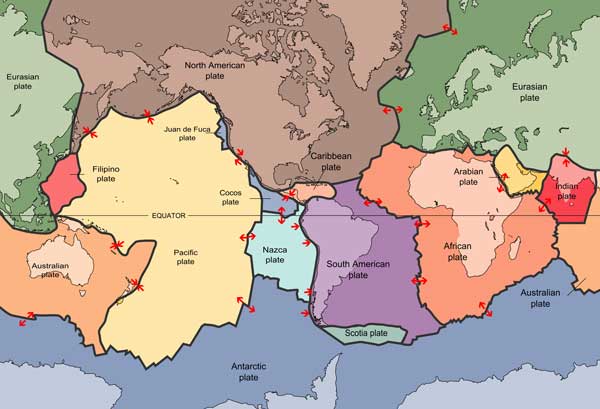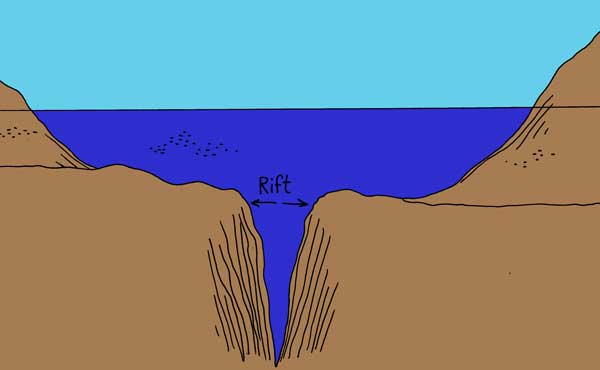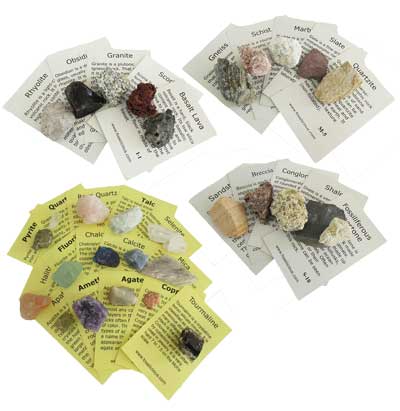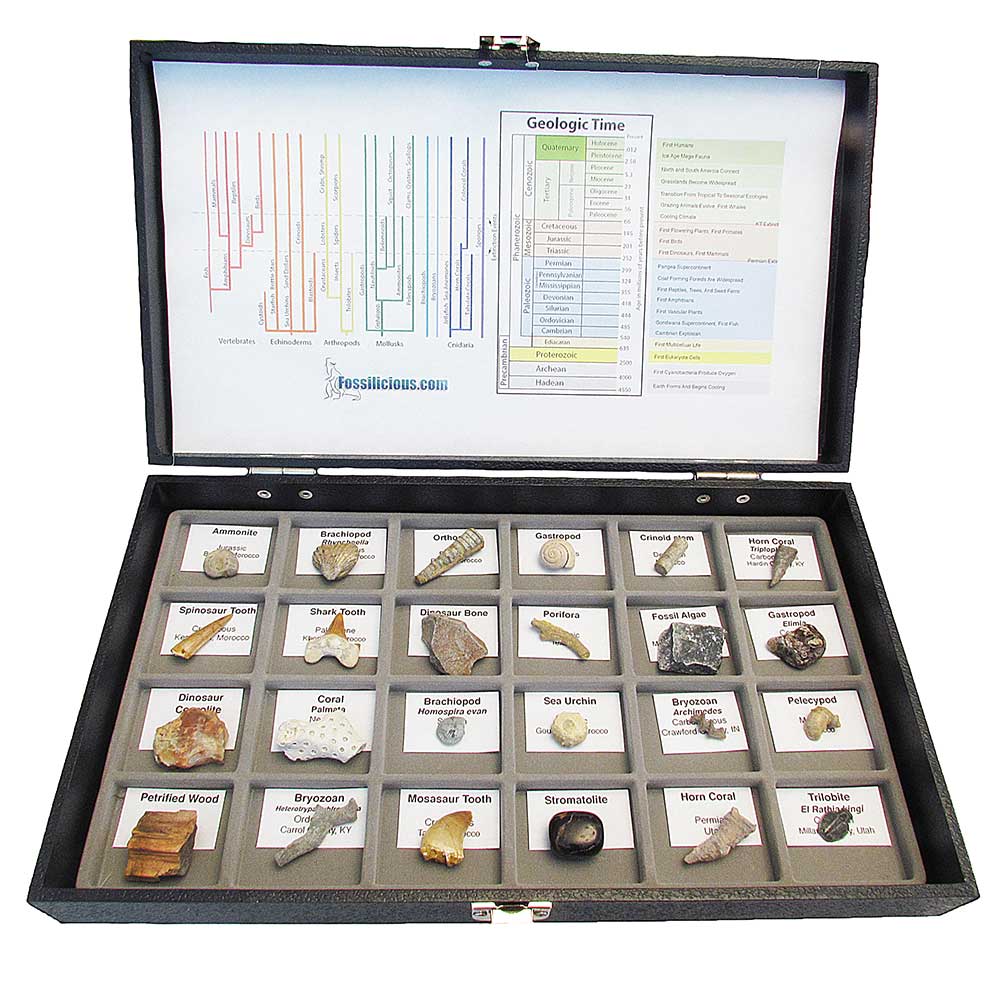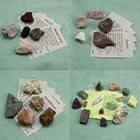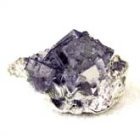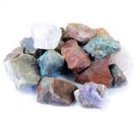Sign up for Lesson Plans, discounts & more!
Plate Tectonics and Earthquakes
What does Plate Tectonics have to do with earthquakes?
Plate tectonic refers to the scientific theory which describes large-scale movement of plates on the earth’s lithosphere. This theory builds on the continental drift concept which developed during the first decades of the 20th century. The plate tectonic earthquakes occur in the earths lithosphere where plates meet. They occur because of colliding, slipping, subducting, or spreading of the tectonic plates. They are of different types, which include shallow faults earthquakes, subduction zone earthquakes, and deep earthquakes. Globally, the Circum-Pacific belt has the greatest plate of tectonic earthquakes.
Characteristics of Plate Tectonic Earthquakes
There are different types of tectonic earthquakes and they each have distinctive features.
- Shallow fault earthquakes occur very close to the surface. They are caused by faults which can be defined as breaks in rocks beneath our feet. Because of this feature, these earthquakes are near the surface of the earth and despite their magnitude, they are destructive.
- Subduction zone earthquakes are the largest to ever been recorded, and they occur in the subduction zone. They can occur for several minutes and usually cause a tremendous shift in land levels, huge waves, and tsunamis.
- Deep earthquakes occur mainly in the sub-ducting oceanic slab and beneath continental crust. They have a hypo center exceeding 300 kilometers and give rise to minimal surface waves. Because of their location, they rarely cause destruction since they lose energy before reaching the surface.
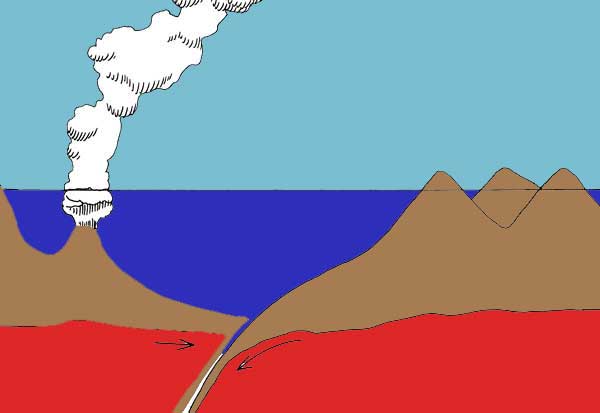 Subduction Zone- Techtonic Plate Collision
Subduction Zone- Techtonic Plate Collision Plate Tectonic Earthquakes in Mineral Formation
Volcanic eruptions occur following plate tectonic earthquakes. These activities are linked because many of the worlds above sea volcanoes are linked to convergent plate boundaries. Because of colliding, slipping, spreading or subduction of the tectonic plates leads to formation of faults which can allow the movement of lava.
Most of the metallic minerals, such as copper, lead, silver, and zinc, are usually linked with magma. Magma is usually in a layer above the subduction layer. As the magma rises, some do not reach the surface, and it hardens. With further cooling under favorable temperatures, a wide range of crystalline rocks is formed. Some include granitic rocks which may later be deposited on the earths surface through erosion.
Other mineral deposits are melted and concentrated in the hot lava and, as eruption takes place, they are redeposited. Under favorable temperatures and pressure conditions, they form rich mineral veins.
The Role of Plate Tectonic Earthquakes in Nutrient Cycle
Most nutrients are formed during weathering of rocks, erosion, and braking done of minerals deposits, and they are necessary for supporting life. Shifting of the tectonic plates in the earth lithosphere results in plate tectonic earthquakes. This results in continental erosion rates, leading to an increase in oceanic nutrient levels. When tectonic earthquakes occur and cause eruption, erosion occurs below and this leads to reduction of oceanic nutrients. These processes result in circulation of nutrients in a system.
Hazards of Plate Tectonic Earthquakes
Earthquakes have very adverse effects on human activities. They produce massive ground shaking which causes collapsing of building and bridges and sinking of the earth surfaces. They also cause tsunamis, lateral spreading, and landslides.

INTERESTED IN MORE? IF SO, YOU MAY WANT TO CHECK OUT OUR OTHER SITES:
fossilicious.com - Our online fossil and mineral rock shop.
fossils-facts-and-finds.com - An educational site about fossils.
